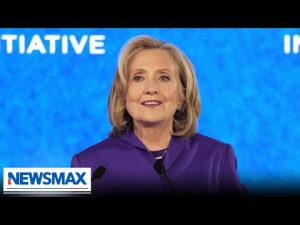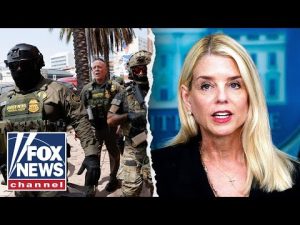In the world of politics, moments of high-stakes diplomacy can feel a little like an intense game of chess—full of strategy, subtle gestures, and, sometimes, unexpected surprises. Recently, two of the biggest names on the global stage, Donald Trump and Vladimir Putin, met for the first time in over five years. Observers, notably behavior and body language experts, have been keen to break down every nuance of their encounter. What did they see? Well, as it turns out, a lot more than just a couple of world leaders shaking hands.
From the get-go, the excitement of the meeting was palpable. Putin made a strong effort to project enthusiasm as he reached for Trump’s handshake, waving his arms in animated gestures that could make someone think he was auditioning for a part in a Broadway show. Meanwhile, Trump responded with his classic Bravo clap and a thumbs-up. It was all hugs and high-fives—well, maybe not literally—but certainly a lively start to what could be a pivotal discussion.
One particularly memorable moment came when Trump pointed to a B-2 bomber—a big, bad piece of machinery that says, “Don’t mess with us.” Putin might have tried to play it cool, but the double take he did suggested he was more aware of the message than he let on. After all, when you’re 4,500 miles from home discussing matters of national security, seeing a stealth bomber might just send a few shivers down one’s spine. It’s like waving a giant flag that says, “We’re ready for anything, buddy!”
As the press conference rolled out later, both leaders took turns speaking, often revealing a lot more about their feelings through body language than their carefully curated speeches. From what analysts observed, it seemed like neither leader walked away with a decisive victory. Instead, they both appeared to have made partial gains, negotiating through a list of possible agreements yet leaving many items still on the table. Trump’s increased blink rate told a story of stress as he tackled tough topics, indicating that while there were some wins, difficult discussions were still ahead.
The final handshake was telling; this time, Trump’s gesture appeared less buoyant compared to their enthusiastic introduction. A little mouth grooming here, a slight frown there—body language experts pointed out that these subtle movements can reveal a lot about a person’s inner feelings. Was Trump feeling the weight of the negotiations? Meanwhile, Putin seemed satisfied, perhaps waiting to see how things play out on his end.
As commentators dissect the meeting, one thing is clear: the blend of personal dynamics and international power plays makes for compelling viewing. This encounter was not just about the words exchanged but the emotions conveyed—the silent battles occurring beneath the surface. The road for Trump and Putin is still long, with multiple stops along the way. But from the looks of the initial meeting, expect more insights, negotiations, and possibly some drama as these two navigate the tricky waters of international relations. In the grand game of politics, one might even say that this first match left the audience itching for the rematch!







